Arbol Chili Unveiled: The Fiery Little Pepper That Packs a Punch!
Introduction
If you're a spice lover, you've probably come across the arbol chili. Small in size but big on heat, this slender red pepper has been spicing up Mexican kitchens for generations. Whether you're a pro chef or just someone who likes to add a kick to their tacos, understanding what makes the arbol chili special can open up a whole new world of flavor.
In this blog post, we’ll take a deep dive into what is arbol chili, explore its origins, taste profile, heat level, and share some handy kitchen tips to help you make the most of it. Plus, we’ve got a spicy infographic at the end to compare it with other popular peppers — because why not know your jalapeños from your serranos?
Table of Contents
- What Is Arbol Chili?
- Arbol vs Other Chilies: A Heat & Flavor Showdown
- 5 Must-Try Cooking Tips Using Arbol Chili
- How to Store Arbol Chili Like a Pro
- Common Mistakes to Avoid When Using Arbol Chilies
- Conclusion
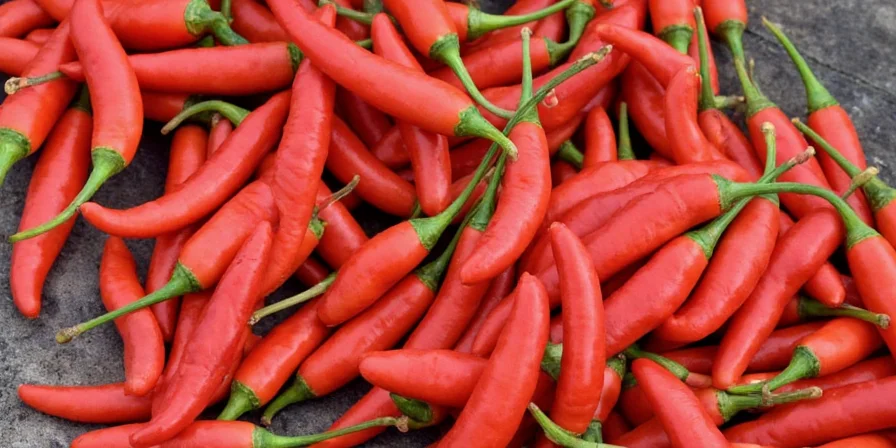
What Is Arbol Chili?
The arbol chili (Capsicum annuum), also known as “chile de árbol” in Spanish, translates to “tree chili.” While it doesn’t actually grow on trees (that would be a bit confusing), it does refer to its tendency to grow upright like branches when dried. These thin, pointed chilies are typically about 2–3 inches long and range in color from bright red to orange-red when mature.
Native to Mexico, arbol chilies are a staple in traditional salsas, soups, and marinades. Their bold heat and smoky undertones make them a favorite among home cooks and professional chefs alike.
Quick Facts:
- Heat Level: 15,000–30,000 Scoville Heat Units (SHU)
- Flavor Profile: Earthy, slightly nutty, with a peppery finish
- Best Used: In salsas, sauces, stir-fries, oil infusions, and dry rubs
- Substitutes: Serrano, cayenne, or Thai chilies (depending on use)
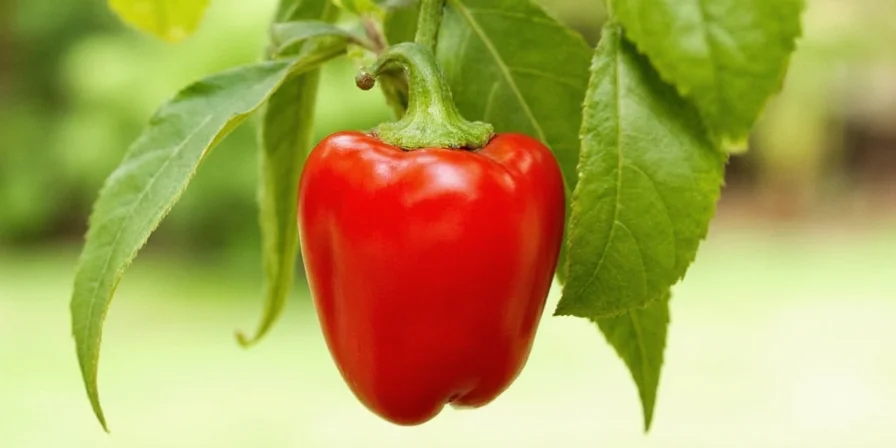
Arbol vs Other Chilies: A Heat & Flavor Showdown
To better understand where the arbol chili stands in the spicy hierarchy, let’s compare it with some of its more famous cousins:
| Chili Type | Heat Level (SHU) | Flavor Profile | Best For |
|---|---|---|---|
| Jalapeño | 2,500 – 8,000 | Grassy, vegetal, mild | Tacos, nachos, poppers |
| Serrano | 10,000 – 23,000 | Crisp, earthy, grassy | Salsas, guacamole, cocktails |
| Arbol | 15,000 – 30,000 | Nutty, smoky, peppery | Sauces, oil infusions, soups |
| Cayenne | 30,000 – 50,000 | Sharp, pungent, slightly sweet | Spice blends, powders, hot sauces |
| Thai Bird's Eye | 50,000 – 100,000 | Hot, citrusy, floral | Thai curries, stir-fries, salads |
Visual comparison chart: Jalapeño (green) vs Arbol (red) vs Thai chili (small red)

5 Must-Try Cooking Tips Using Arbol Chili
Ready to get cooking? Here are five practical ways to incorporate arbol chilies into your meals like a seasoned chef:
- Roast Them for Extra Depth: Lightly toast whole dried chilies in a dry skillet over medium heat for 30–60 seconds per side. This brings out their natural oils and intensifies their nutty, smoky flavor. Perfect for making homemade salsa or mole.
- Make Your Own Spicy Oil: Infuse olive oil with crushed arbol chilies for a fiery base that elevates pasta, grilled veggies, or even popcorn. Just be careful — a little goes a long way!
- Add to Bean Dishes and Stews: Whether it’s refried beans, lentil soup, or a hearty chili (the dish, not the pepper!), a few chopped arbol chilies will give your dish a warm, lingering heat.
- Blend Into Dry Rubs: Crush dried arbol chilies into a coarse powder and mix with paprika, garlic powder, and cumin for a versatile dry rub. Works wonders on grilled chicken or pork.
- Use Whole in Soups and Stocks: Don’t discard the seeds! They pack a lot of heat. Simply add a whole dried chili to your next batch of vegetable or chicken stock for a subtle, background fire that builds flavor.
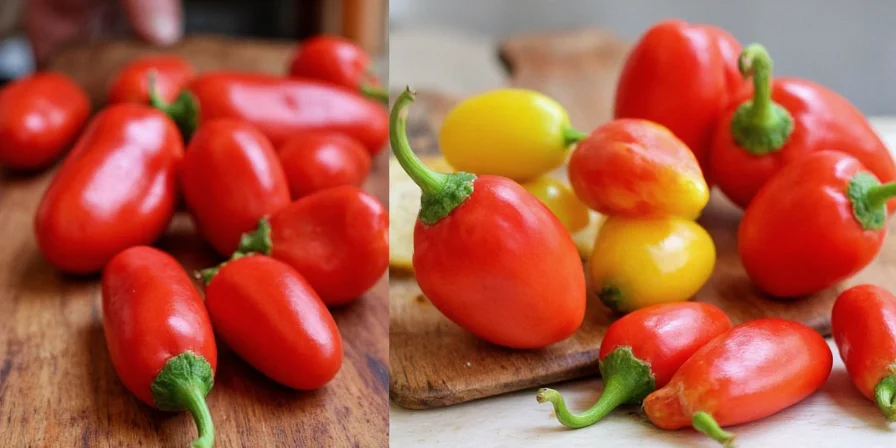
How to Store Arbol Chili Like a Pro
Want your arbol chilies to last longer without losing flavor? Follow these simple yet effective storage hacks:
- Airtight Containers Are Your Best Friend: Store whole dried chilies in sealed glass jars or ziplock bags in a cool, dark place. Properly stored, they can keep for up to a year.
- Freeze It for Future Fire: If you prefer using them ground or chopped, toss the chilies in a freezer bag and store them in the freezer. No thawing needed — just grab a pinch whenever you’re ready to cook.
- Avoid Moisture at All Costs: Humidity is the enemy of dried chilies. If they start to soften or develop mold, toss them out — there’s no reviving them.
- Roast First, Then Store: Some folks like to roast and grind arbol chilies ahead of time. Store the powder in a tightly sealed jar away from light to preserve its potency and aroma.
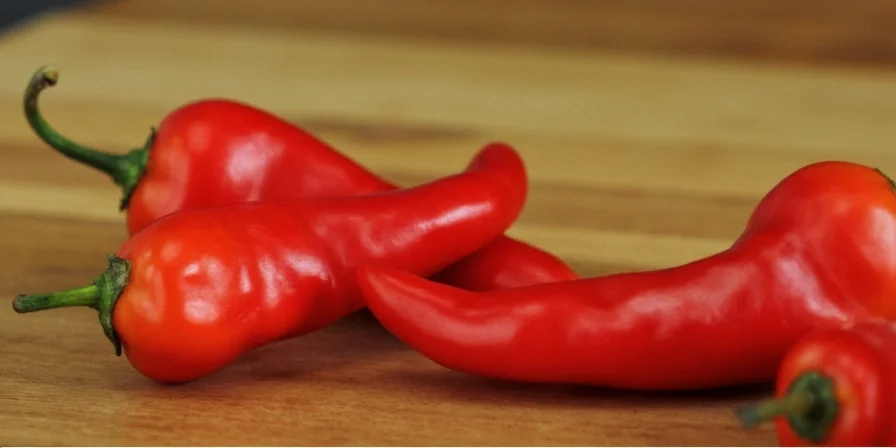
Common Mistakes to Avoid When Using Arbol Chilies
Even experienced cooks sometimes misfire when working with powerful ingredients like arbol chilies. Here are a few common blunders to watch out for:
- Overestimating How Much You Need: Arbol chilies are potent. Start with one and adjust to taste. You can always add more, but you can’t remove heat once it’s in your dish.
- Not Removing Seeds or Veins: If you want less heat but still crave the flavor, scrape out the seeds and inner membranes before using.
- Boiling Instead of Toasting: Boiling tends to dilute flavor and make chilies mushy. Roasting or lightly sautéing is the best way to unlock their full potential.
- Mixing Up Fresh and Dried: Dried arbol chilies are far more concentrated in flavor and heat than fresh ones. Adjust quantities accordingly when substituting.
- Touching Eyes After Handling Chilies: Capsaicin doesn’t wash off easily. Always wear gloves when chopping dried chilies, and avoid touching your face until you’ve thoroughly washed your hands.
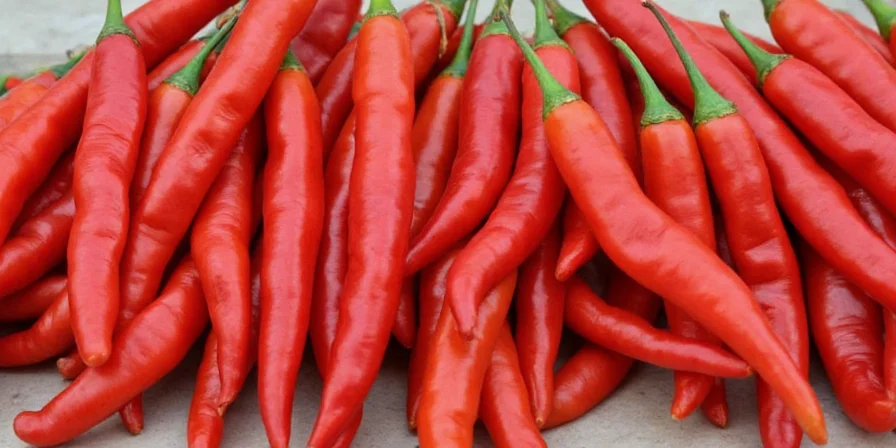
Conclusion
So, now you know the answer to what is arbol chili. From its fiery personality to its rich cultural heritage and culinary versatility, the arbol chili deserves a spot in every serious spice lover’s pantry. Whether you’re blending up a vibrant sauce or adding depth to your next stew, this tiny pepper punches well above its weight.
Don’t be intimidated by its heat — with a little knowledge and practice, you’ll soon be using arbol chilies like a pro. So go ahead, embrace the burn, and bring your dishes to life with this spicy little gem!
Got questions or your own arbol chili hacks? Drop them in the comments below — let’s spice things up together!

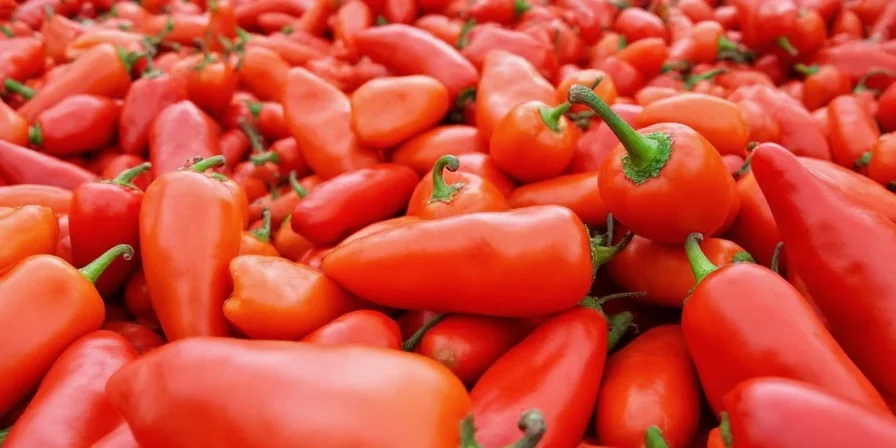









 浙公网安备
33010002000092号
浙公网安备
33010002000092号 浙B2-20120091-4
浙B2-20120091-4